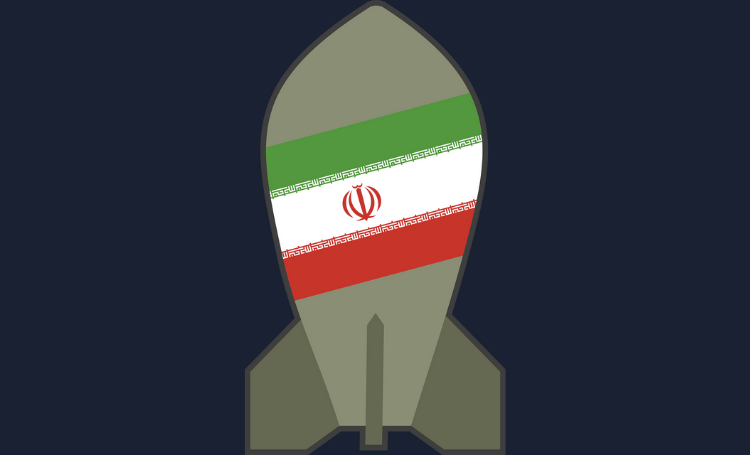David E. Sanger and Julian E. Barnes
NYTimes, Feb. 3, 2025
“Iran’s best deterrent would be to convert that fuel into a working weapon. But it would not have much time.”
New intelligence about Iran’s nuclear program has convinced American officials that a secret team of the country’s scientists is exploring a faster, if cruder, approach to developing an atomic weapon if Tehran’s leadership decides to race for a bomb, according to current and former American officials.
The development comes even amid signals that Iran’s new president is actively seeking a negotiation with the Trump administration.
The intelligence was collected in the last months of the Biden administration, and then relayed to President Trump’s national security team during the transition of power, according to the officials, who asked for anonymity to discuss sensitive details. The intelligence assessment warned that Iranian weapons engineers and scientists were essentially looking for a shortcut that would enable them to turn their growing stockpile of nuclear fuel into a workable weapon in a matter of months, rather than a year or more — but only if Tehran made a decision to change its current approach.
U.S. officials said they continued to believe that Iran and its supreme leader, Ayatollah Ali Khamenei, had not made that decision to develop a weapon, officials said in interviews over the past month. But new intelligence suggests that as Iran’s proxy forces have been eviscerated and its missiles have failed to pierce American and Israeli defenses, the military is seriously exploring new options to deter a U.S. or Israeli attack.
Iran, officials said, remains at the nuclear threshold. In the years since Mr. Trump pulled out of the 2015 nuclear accord, the country has resumed uranium production and now has plenty of fuel to make four or more bombs. But that is not enough to actually produce a weapon, and the new evidence focuses on the last steps Iran would need to turn the fuel into one. …SOURCE


